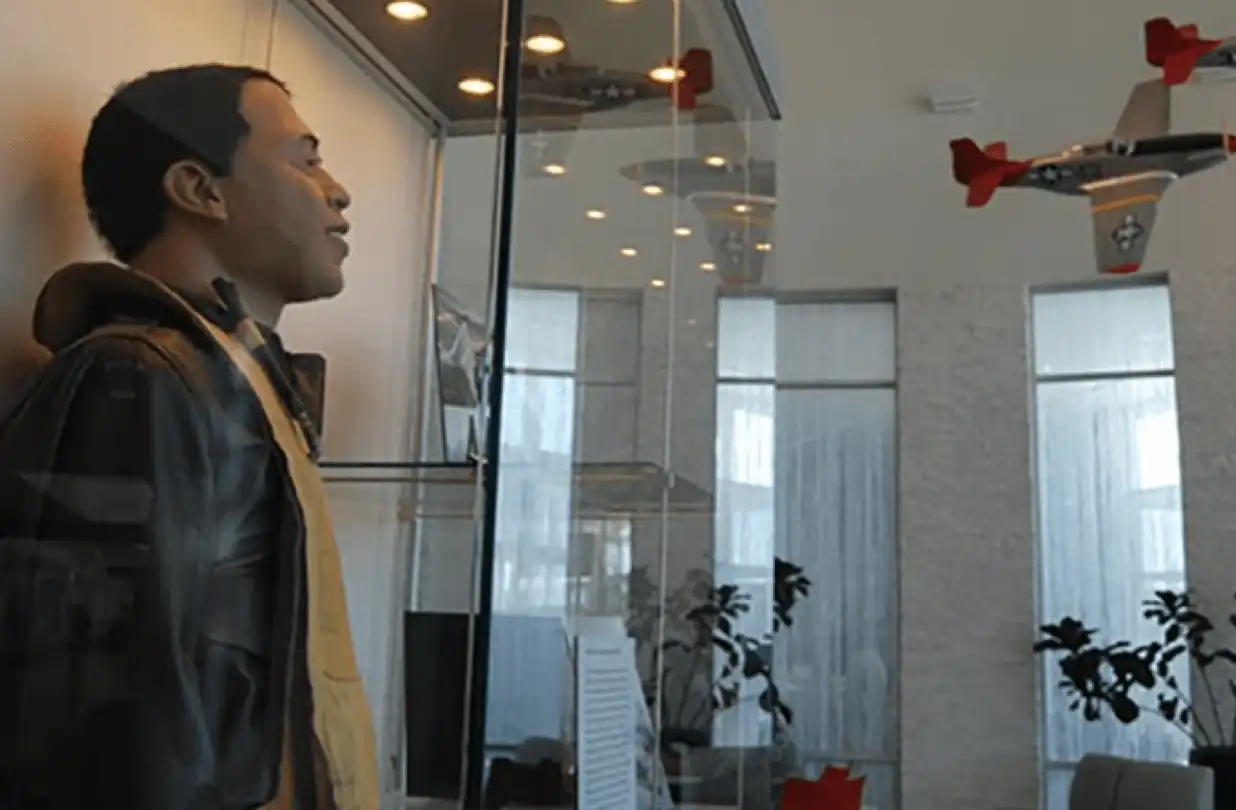Guno צְבִי
We fight, We win, Am Yisrael Chai
Brewer went missing while piloting one of 57 fighter planes escorting bombers on a mission to Regensburg, Germany, on Oct. 29, 1944. The airplanes ran into heavy cloud cover in southern Italy, forcing 47 of the fighters to return to base.
Brewer was not among those who returned. He had reportedly been attempting to climb his airplane out of the cloud cover when he stalled and fell into a spin.
Remains were recovered after the war in a civilian cemetery in the area, but technology at the time was unable to identify the remains. So they were interred as an unknown.
https://abc11.com/tuskegee-airman-unknown-soldier-ww2-remains-identified/13733258/
Brewer was not among those who returned. He had reportedly been attempting to climb his airplane out of the cloud cover when he stalled and fell into a spin.
Remains were recovered after the war in a civilian cemetery in the area, but technology at the time was unable to identify the remains. So they were interred as an unknown.
https://abc11.com/tuskegee-airman-unknown-soldier-ww2-remains-identified/13733258/






